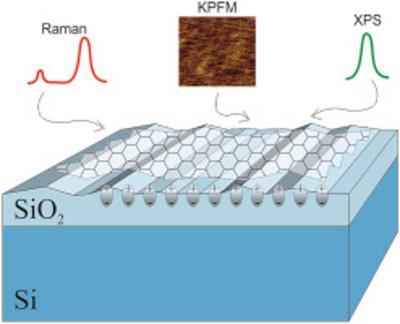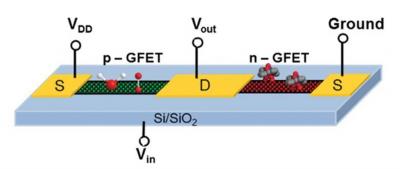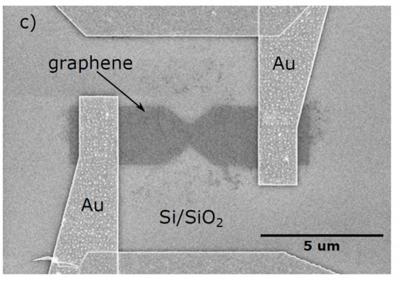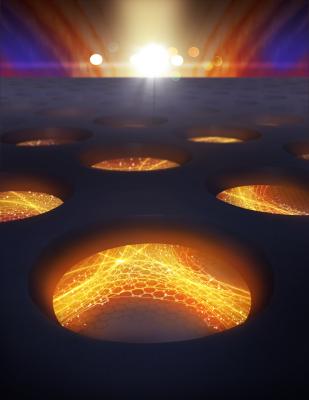by MBF Admin | Apr 4, 2019 | 2D materials, Aerospace, AGM, Angstron Materials, Audio, Development, Electronics, Graphene applications, Investment, Photonics, Products, Research, Technical / Research
Researchers at the University of Delaware have invented a technology that is meant to improve the communication between photonics devices. This new innovation could benefit smartphones, laptops, and various other consumer electronics.silicon-graphene devices capable...

by MBF Admin | Mar 28, 2019 | 2D materials, Aerospace, AGM, Angstron Materials, Audio, Development, Electronics, Graphene applications, Graphenea, Investment, Products, Research, Technical / Research
Due to graphene’s 2D geometry, most of the device applications require graphene to be partially or fully supported by a substrate, which is typically silicon dioxide (SiO2). An important example of a typical graphene structure on SiO2 is the graphene field...

by MBF Admin | Mar 14, 2019 | 2D materials, Aerospace, AGM, Angstron Materials, Audio, Development, Electronics, Graphene applications, Investment, Products, Research, Technical / Research, Transistors
Researchers in India have made graphene field-effect transistors based on discrete inorganic structures that reportedly work for over 10 months. The approach has led them to produce a graphene logic inverter that is stable in ambient conditions.Conventional...

by MBF Admin | Mar 14, 2019 | 2D materials, Aerospace, AGM, Angstron Materials, Audio, Cambridge University, CVD, Development, Electronics, Graphene production, Graphene Sensors, Investment, Products, Research, Transistors
University of Cambridge spin-out company, Paragraf, recently announced that it started producing graphene at up to eight inches (20cm) in diameter, large enough for commercial electronic devices. Paragraf is producing graphene ‘wafers’ and graphene-based electronic...

by MBF Admin | Mar 4, 2019 | 2D materials, Aerospace, AGM, Angstron Materials, Audio, Development, Electronics, Graphene applications, Graphene production, Investment, Products, Research, Technical / Research
A technology developed by a team led by Dr. Núria Crivillers, researcher at the Nanomol Group at ICMAB, has been selected as a high potential innovation by the European Union (EU).The EU recently launched the Innovation Radar tool, an initiative to identify high...

by MBF Admin | Feb 20, 2019 | 2D materials, Aerospace, AGM, Angstron Materials, Audio, Boron Nitride, Development, Electronics, Graphene applications, Graphene Flagship, Investment, Products, Research, Technical / Research
Graphene Flagship researchers at DTU, Denmark, solved the problem of graphene’s accumulation of defects and impurities due to environmental exposure by protecting it with insulating layers of hexagonal boron nitride, another two-dimensional material with...





